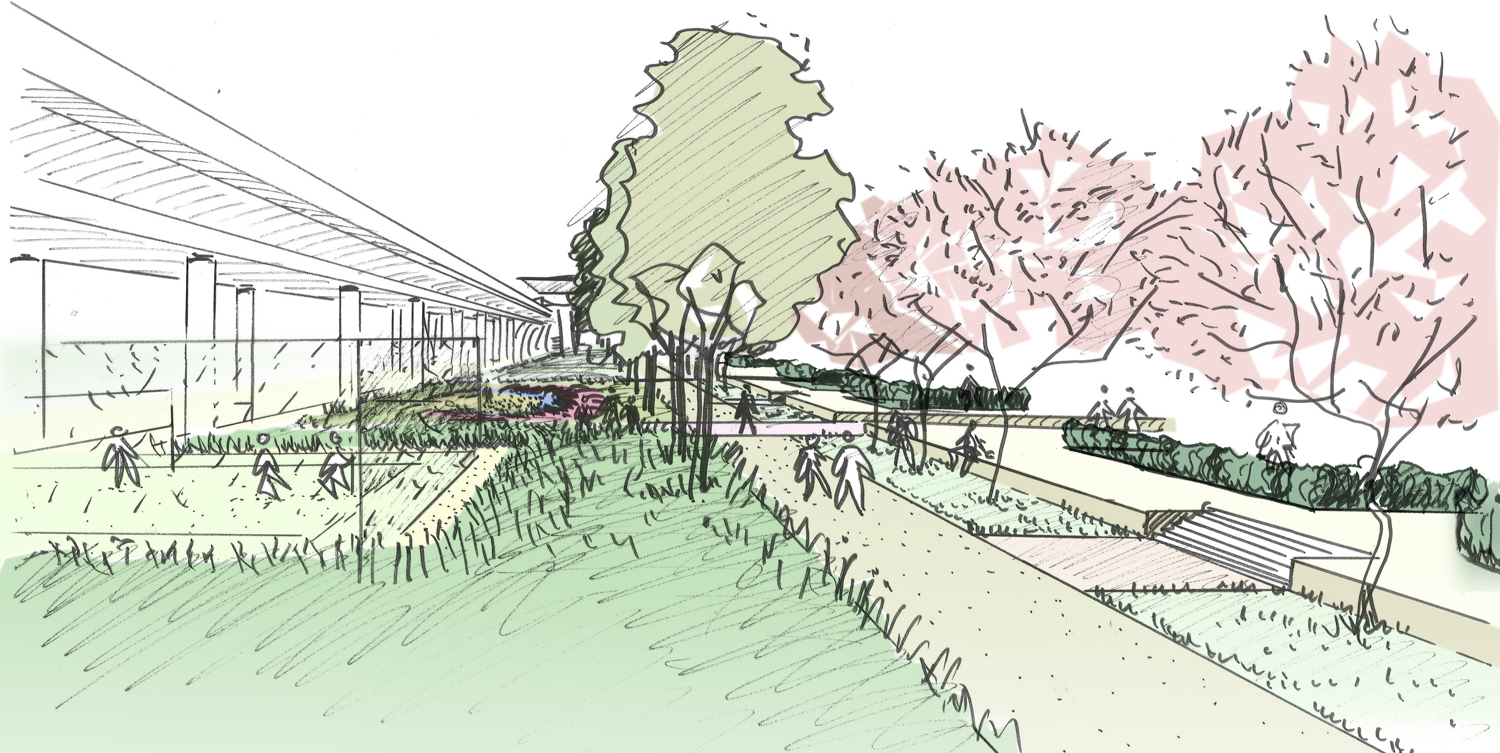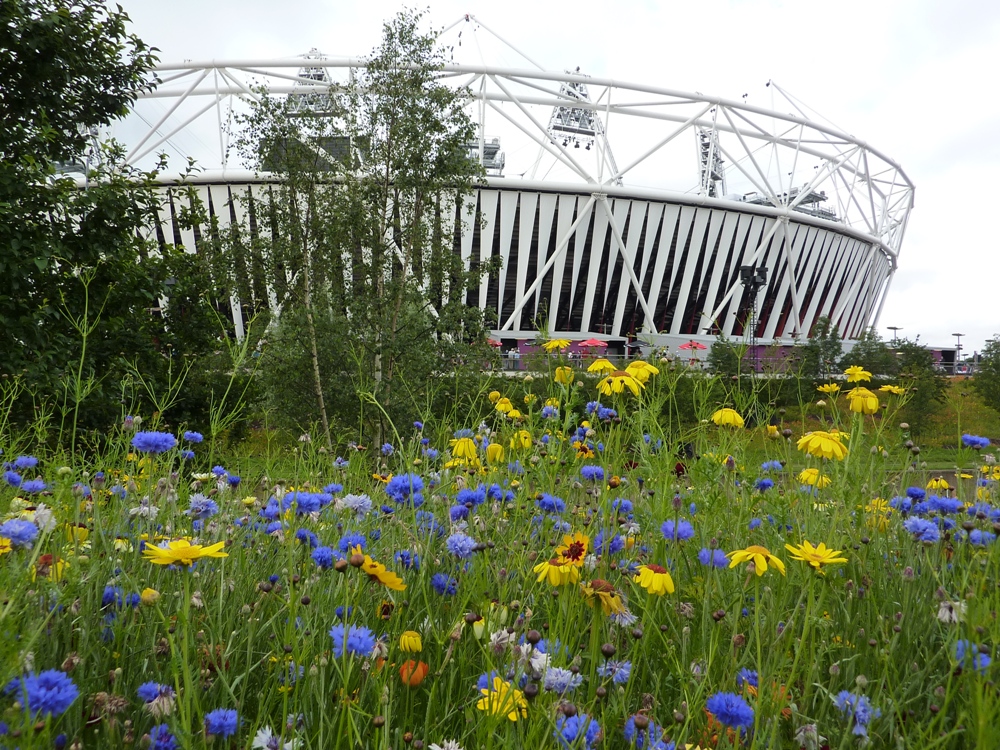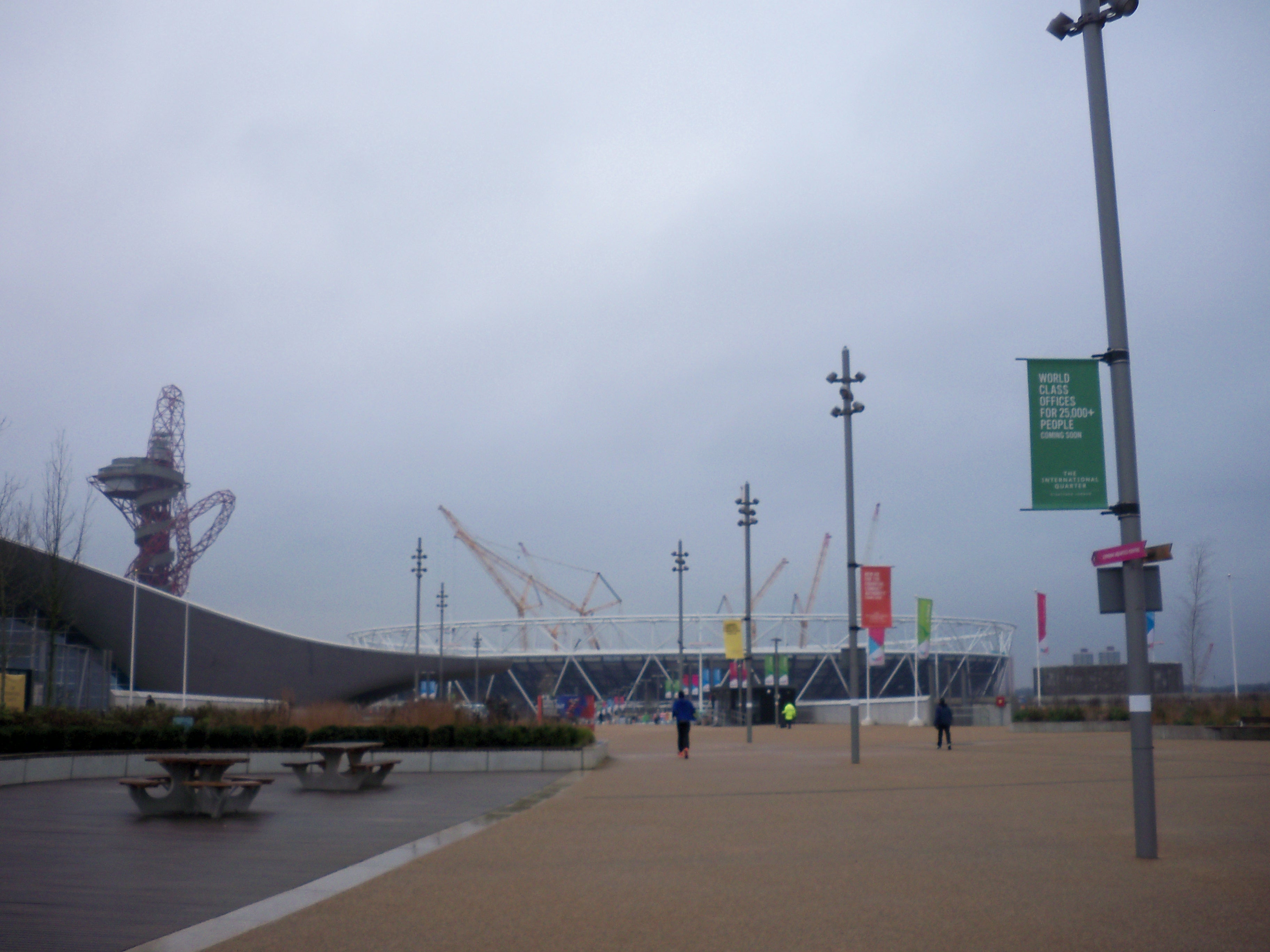Landscape design
Contents |
[edit] Definitions of landscape
The term ‘landscape’ refers to an area, as perceived by people, whose character is the result of the action and interaction of natural and/or human factors’ (ref European Landscape Convention).
The Home Quality Mark defines 'landscape' as 'an area, as perceived by people, whose visual features and character is of environmental, social and economic value, usually as a result of the action and interaction of natural and human factors, such as aesthetic, heritage, scenic, cultural and leisure benefits.' Ref Home Quality Mark One, Technical Manual SD239, England, Scotland & Wales, published by BRE in 2018.
According to the European Landscape convention, “landscape means an area, as perceived by people, whose character is the result of the action and interaction of natural and/or human factors”.
High Speed Rail (Crewe – Manchester) Environmental Statement, Glossary, abbreviations and references, published by the Department for Transport in 2022, defines landscape as: ‘…an area, as perceived by people, whose character is the result of the action and interaction of natural and/or human factors. It reflects the interplay of the physical, natural and cultural elements of our surroundings and the way that people perceive these interactions. Different combinations of these elements create the distinctive character of landscapes in different places.’
[edit] Landscape design
Landscape design, is the arranging and modifying of features in a landscape, urban area or garden. It involves the planning, designing and managing of open spaces to create urban and rural environments.
Landscape design can be incorporated into a wide variety of projects, from parks and green spaces, to gardens, sports sites and large estates such as housing developments, business parks, universities, hospital complexes, and so on. It may be used to regenerate or improve sites such as brownfield sites or contaminated sites and may be part of a biodiversity offsetting programme to help mitigate for the loss of habitat that may result from a new development.
Among its many uses and benefits, landscape can help soften spaces between buildings, can provide links between spaces, can provide a route for people, water and animals, can provide a space for contemplation, assembly or recreation, can provide a space for gardening, can help improve environmental quality, and so on. A well-designed and maintained landscape can attract people to a site and can have a positive impact on property value and personal wellbeing.
The Landscape Institute (LI) works to protect, conserve and enhance the natural and built environment for the public benefit. It suggests that, 'landscape architecture is rooted in an understanding of how the environment works and what makes each place unique. It is a blend of science and art, vision and thought. It is a creative profession skilled in strategic planning, delivery and management.' (Ref. Landscape architecture: a guide for clients, 2012.)
Landscape design involves the arrangement of a wide range of elements, including:
- The landform itself.
- Built structures.
- Circulation routes, such as roads, paths, steps, ramps, railings, and so on (including accessibility considerations).
- Vegetation and planting.
- Water features, art and other installations (such as educational installations).
- Furniture.
- Lighting.
- Drainage, such as sustainable urban drainage systems (SUDS).
- Signage.
Landscape design is often divided into 'softscape' or 'soft landscape' and 'hardscape' or 'hard landscape'.
[edit] Softscape
Softscape or soft landscape includes all types of plant life, from flowers and trees to shrubs and groundcover. It naturally changes and evolves over time, driven by the climate, time of year and and other conditions. Careful consideration should be given to the amount of maintenance that these elements will require to stay in good order.
Softscape elements are complemented by hardscape elements. Read more about soft landscape.
[edit] Hardscape
Hard landscape or hardscape consists of the inanimate elements of landscaping. They are 'hard' and unchanging, although they may be movable and adaptable to the environment. They can also have effects on the soft environment, such as paving which increases water run-off. Hardscape might include, walkways, walls, outdoor 'rooms' and performance areas, gazebos, fences, and so on.
For more, see Hard landscape.
[edit] Landscape architect
Landscape architects or landscape designers may work for; design consultancies, contractors, public bodies, local authorities, environmental consultancies, and so on. The role of a landscape architect can be varied and wide-ranging and can include:
- Meeting with clients to discuss landscape requirements.
- Undertaking site surveys to determine the potential of the site to meet the client's expectations.
- Preparing and presenting design plans and working drawings using computer-aided design (CAD) packages or similar.
- Completing the landscape and visual sections of planning applications or Environmental Impact Assessments.
- Working closely with other professionals on projects.
- Providing evidence in public enquiries.
For more information, see Landscape architect.
Landscape officers typically work within local authorities, where their main role is to ensure local landscapes are protected and enhanced. See Landscape officer for more information.
NB A Guide To Climate Change Impacts, On Scotland’s Historic Environment, published by Historic Environment Scotland in October 2019, defines gardens and designed landscapes as: ‘A category of asset encompassing botanic gardens, parks, landscapes laid out for artistic effect and a range of features within these areas.’
[edit] Related articles on Designing Buildings
- Arbour.
- Belvedere.
- Garden.
- Green belt.
- Growing space.
- Hard landscape.
- Landscape architect.
- Landscape character area.
- Landscape institute.
- Landscape officer.
- Landscape planning.
- Landscape policy.
- Landscape management.
- Landscape scale.
- Lawn.
- Park.
- Pergola.
- Planting.
- Rain garden.
- Seeding and turfing.
- Soft landscape.
- Topiary.
- Tree rights.
- Tree preservation order.
- Types of garden fountain.
- Water feature.
- Working with landscape maintenance contractors.
[edit] External references
Surrey Hills Directory
[edit] Planning
Building Design in the Surrey Hills
[edit] Highways
Conserving and Enhancing Country Lanes in the Surrey Hills AONB
[edit] Biodiversity & Landscape
Landscapes Review: National Parks & AONBs 2019
Light Pollution - Threat to Migrating Birds
Making Local Nature Recovery Strategies deliver
[edit] Health & Wellbeing
Nature and Wellbeing: The Evidence
How nature can be used to improve wellbeing









Comments
[edit] To make a comment about this article, click 'Add a comment' above. Separate your comments from any existing comments by inserting a horizontal line.
Landscape design is not known as landscaping.
Landscaping is a physical activity of modeling a ground/landscape/space - it is done by landscape contractors.
Landscape architecture is an act of creation, design, planning, research, etc.. but not an actual act of building it.
You would not call designing a building, a construction.
Why would you call designing a public space, a landscaping?
Good point - that has been corrected.
This is a wiki site - so if you are unhappy with something, just click 'Edit this article' at the top of the page and change it.